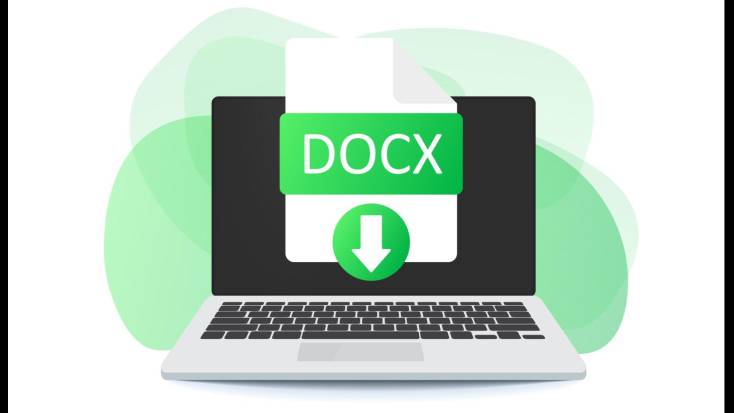Table of Contents
Introduction
(AD DS) Active Directory Domain Services are the fundamental functions in active directory, managing users and computers and allowing system admins to organize the data into logical orders.
Moreover, IT teams define administrative limitations using Active Directory domains and centrally manage sets of devices, services, and systems. A domain controller (DC) is a server that operates AD DS and practices data stored in active directory for user authentication & authorization, group management, policy administration, and additional functions.
Active Directory Domain Services:
Active Directory offers several services under the authority of “Active Directory Domain Services.” These services include:
- Domain Services – Stores central data and manages communication between users and domains; comprises login validation and search functionality
- Certificate Services – It creates, manages, and shares certificates. A certificate uses encryption to facilitate a user to exchange information securely over the internet.
- Lightweight Directory Services – Backs directory-enabled applications using the open protocol.
- Directory Federation Services – Offers single-sign-on (SSO) for authenticating a user on multiple web applications in a single session.
- Rights Management – It commands information rights & management. AD RMS encodes content, such as email or Word documents, to limit access on a server.
Domain Controllers Under the Active Directory Domain Services:
Domain Controllers are the servers in the network that host AD DS. DCs respond to authentication requests and store AD DS data. DCs also host other facilities that are complementary to active directory domain services.
Additionally, domain controllers are the containers for the domains. Every domain is part of an active directory forest, which includes one or more domains organized in Organizational Units. AD DS manages trusts between multiple domains to provide access rights to users in one domain to others in the forest.
Active Directory Domain Services Terms:
There are some key terms to outline to understand AD DS.
- Schema: The user configuration rules that administer objects & attributes in AD DS.
- Global Catalog: It is the vessel of all objects in AD DS. Global Catalog stores all the users’ names, making it easy to search for one.
- Query and Index Mechanism: This system permits users to find each other in AD.
- Replication Service: The replication service ensures that every domain controller on the network has the same Global Catalog and schema
- Sites: Sites are representations of the network mesh, so active directory domain services know what objects go together to optimize replication and indexing.
- Lightweight Directory Access Protocol: AD can communicate across platforms with other LDAP-enabled directory services.
Advantages & Disadvantages of Active Directory Domain Services:
Active Directory Domain Services is a central Microsoft Windows Server operating system component. It is a directory service that allows organizations to manage and secure their network resources, including users, computers, and applications. While AD DS offers numerous advantages, it also has some disadvantages.
Advantages:
- Centralized Management: AD DS provides a centralized source for storing and managing user accounts, group policies, and other directory objects.
- Single Sign-On (SSO): Once logged in with their credentials, users can access multiple network resources, preventing multiple logins.
- Scalability: These services are scalable, allowing organizations to grow and add new network resources without significant reconfiguration.
- Group policy management: AD DS provides group policy management, allowing administrators to manage and configure settings for groups of users & computers.
- Authentication and authorization: AD DS provides authentication and authorization services, allowing administrators to control access to network resources depending on user roles & permissions.
Disadvantages:
- Complexity: Implementing and managing AD DS can be complex, particularly for small organizations or inexperienced IT personnel.
- Cost: Licensing and infrastructure costs, including hardware, software, and maintenance, can be significant, typically for smaller businesses.
- Vulnerability: Active directory domain services can be vulnerable to security threats, such as password attacks and denial-of-service (DoS) attacks, which can compromise network security.
- Limited Cross-Platform Support: AD DS is designed mainly for Windows environments, and while there are solutions to integrate non-Windows systems, it may not be as seamless or feature-rich.
- Maintenance: AD DS requires consistent maintenance, including software updates and security patches, to ensure ideal performance and security.
Conclusion:
In conclusion, Active Directory Domain Services (AD DS) is the foundation of network management for Windows environments, offering centralization in administration, strong security, and scalability.
Additionally, it simplifies user access through Single Sign-On, enforces security policies with Group Policies, and integrates seamlessly with Microsoft’s ecosystem. However, its complexity, cost, and vendor lock-in can be daunting for smaller organizations. Adequate training and skilled administrators are crucial for its successful implementation.
Despite some disadvantages, AD DS remains an invaluable asset for businesses relying on Windows-based systems, providing efficient resource management, improved security, and a comprehensive structure for centralized identity and access control. Likewise, careful planning and maintenance are vital to maximizing its advantages while mitigating potential drawbacks.

